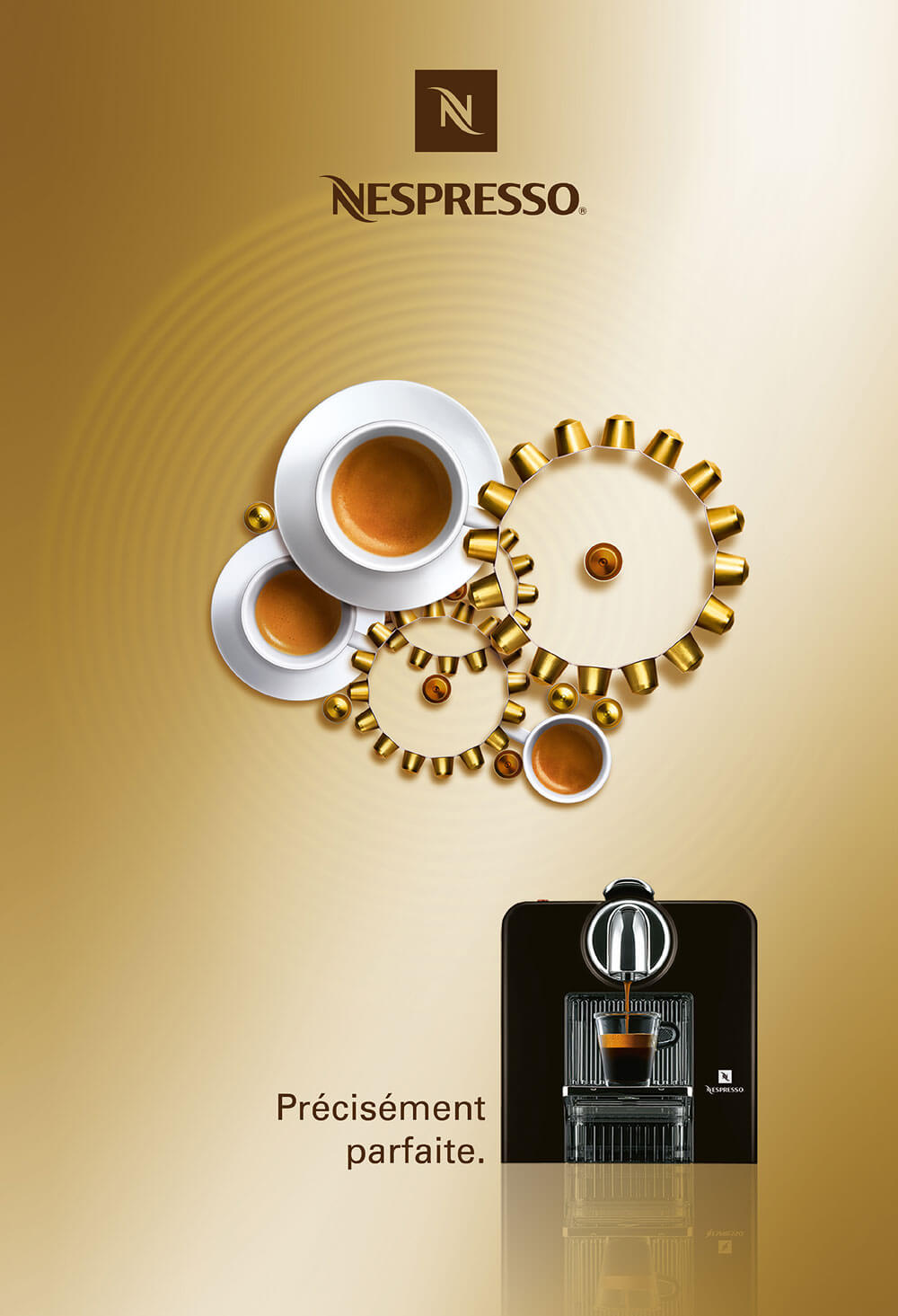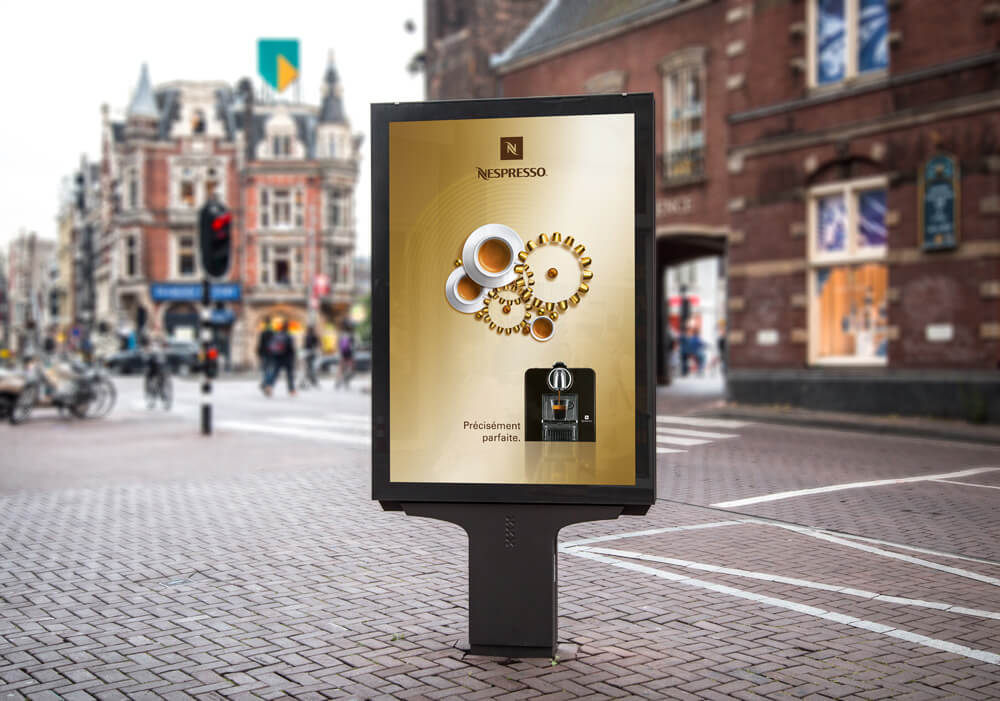It is a common perception to think that a brand is simply the logo because it is the most visible representation. However, a brand is a promise. Every time we share our brand visually, we have an important opportunity to demonstrate our strong sense of identity. When a brand is consistent in how it presents itself over time, people learn to recognize it, and just as importantly, trust it.
-
Building the foundations
There are several requirements that you’ll need to address as you develop your brand image: • Identify your key audiences: you need clarity about the groups you are targeting to craft an effective marketing strategy that will speak directly to their unique needs and concerns. • Determine critical business goals: you have to know where you are going before you can get there. Building a brand image without knowing your short-term and long-term business goals is ineffective and a waste of valuable resources. • Define your brand persona: your persona should appeal to customers and articulate your most important differentiators and product benefits. Since your brand persona defines your image, it’s important to keep it simple and relevant. • Develop key messaging: your key messages will be the most important takeaways you want your audience to walk away with after interacting with your brand. They should incorporate the unique aspects of your business and value added to customers, with a splash of your brand personality.
-
Next steps
• Identify who you are as a brand: what are you offering? Why are you offering this product/service? What differentiates you from other brands? Why do you trade? All of these questions will help you set your intentions as a brand. • Complete a SWOT analysis: measure your strengths and weaknesses in comparison to competitors. • Develop your brand mission and values: what you stand for, what you support and what you’ll offer all customers moving forward. This will build the foundations of your brand image, before the visuals and creative steps commence. • Experiment with your tone of voice: are you a fun-loving brand, opting for relaxed tones? Are you a corporate brand, requiring eloquent and professional guidelines? Whatever your vibe may be, it’s important that your voice can match this. • Create your brand guidelines: by developing strong branding guidelines, you’ll have a plan to follow across all of your marketing material.
-
Last but not least…
Be your brand, everywhere you go. In order for other people to buy into your brand image, you must be your brand everywhere you go. It’s important that your brand image is consistent across all channels. Whether that’s your social media icon, your email marketing style, or your website design, all channels should fall under your guidelines. Share your branding, create associations, boost recognition and bring your brand identity to life.
-
Showcase: Nespresso
As a Brand and Marketing designer for Nespresso, I was responsible for brand image in all International communication. The positioning of Nespresso is an interesting case to learn from: a prestigious international brand that sells products considered to be luxurious, who do not correspond to the number one criteria of luxury: scarcity. Indeed, the Nespresso machines are sold all over the world, at reasonable prices. The premium positioning in the market is obtained by investment in the quality of products and services, similar premium experience in boutiques wherever they are on the globe, look & feel of all visual communications, a prestigious Club, and mostly by communicating clear values (such as perfectionism, shown in this campaign), practiced in each product and drank in every single cap of coffee made by a Nespresso machine.


